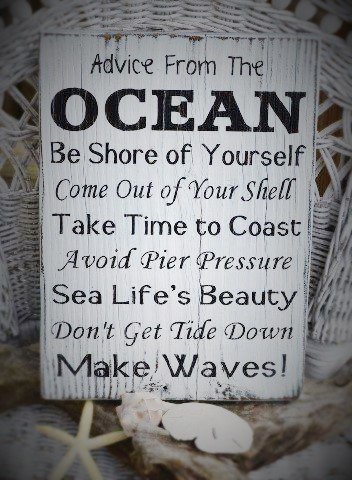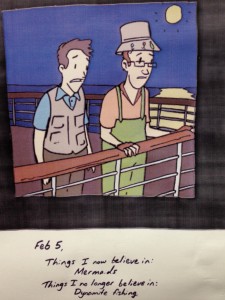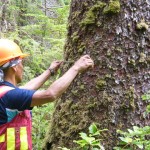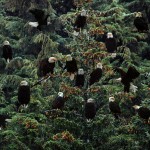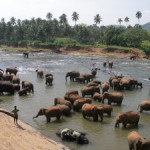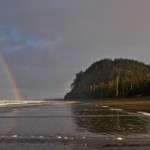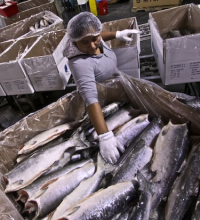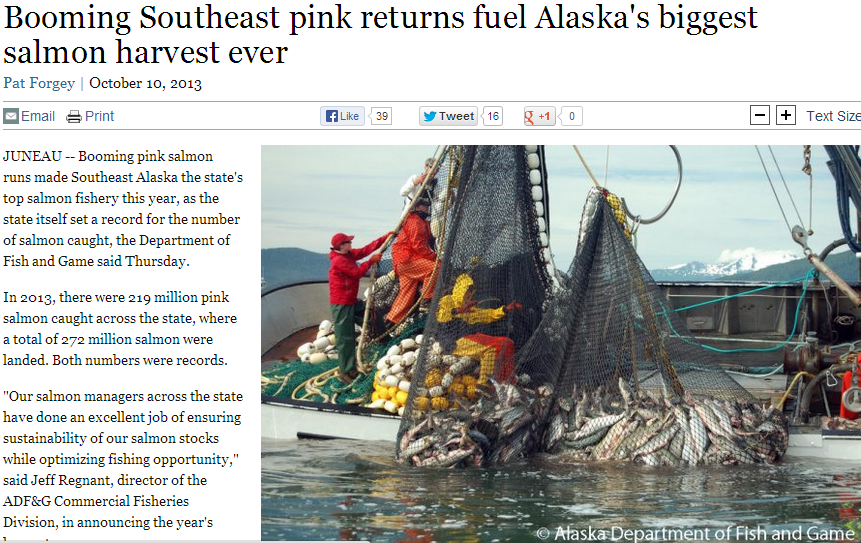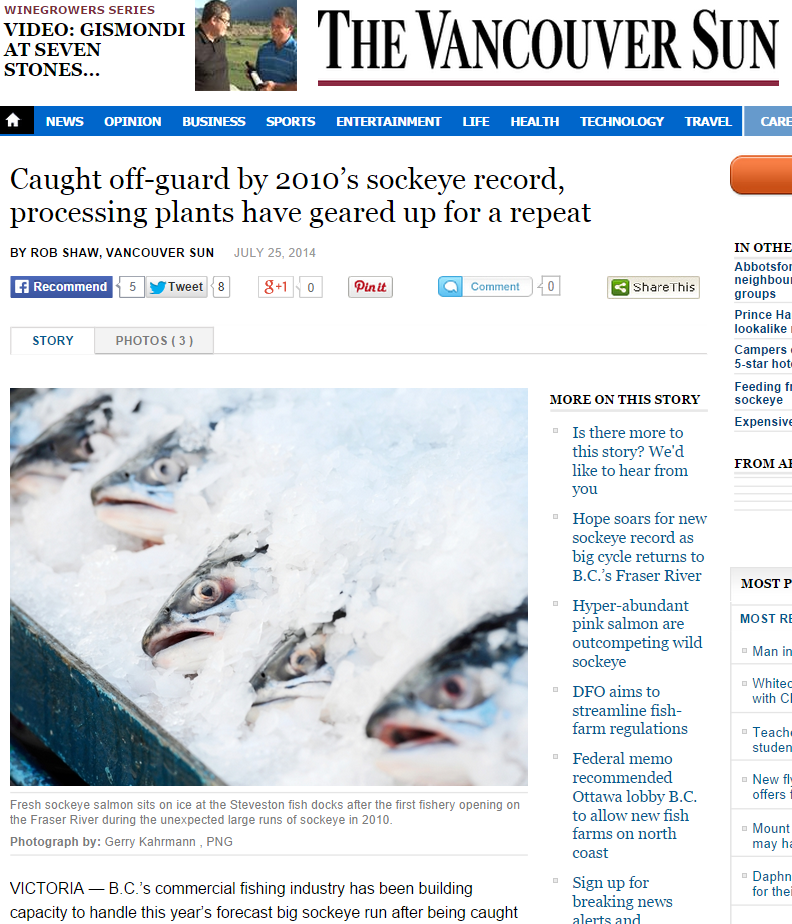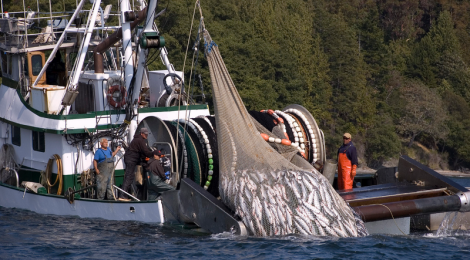
Record Numbers Of Salmon And Orcas Flood Pacific Coast
Int’l Pacific Salmon Commission Reports 170% More Sockeye Than Historic 2010 Run Arriving In A Sockeye Tsunami
Ocean salmon pasture restoration credited with bringing back the fish.
 Record numbers of salmon, sockeye salmon, in never before seen abundance are swimming into the Strait of Georgia in British Columbia according to the numbers published by the Pacific Salmon Commission. The rate at which the prized sockeye are arriving is 170% of that of the previous record year of 2010 arrived more than 34 million strong. (Note: The 34 million number is the “official count,” the total number of fish returning is normally said to be 20% higher than the “official count.” Thus in 2012 upwards of 40+ million sockeye likely made it home.)
Record numbers of salmon, sockeye salmon, in never before seen abundance are swimming into the Strait of Georgia in British Columbia according to the numbers published by the Pacific Salmon Commission. The rate at which the prized sockeye are arriving is 170% of that of the previous record year of 2010 arrived more than 34 million strong. (Note: The 34 million number is the “official count,” the total number of fish returning is normally said to be 20% higher than the “official count.” Thus in 2012 upwards of 40+ million sockeye likely made it home.)
That 2010 record run attributed to the ocean plankton blooms that followed the 2008 volcanic eruption in Alaska and dusting of the NE Pacific Salmon pastures blew the official forecast of less than 2 million totally out of the water.
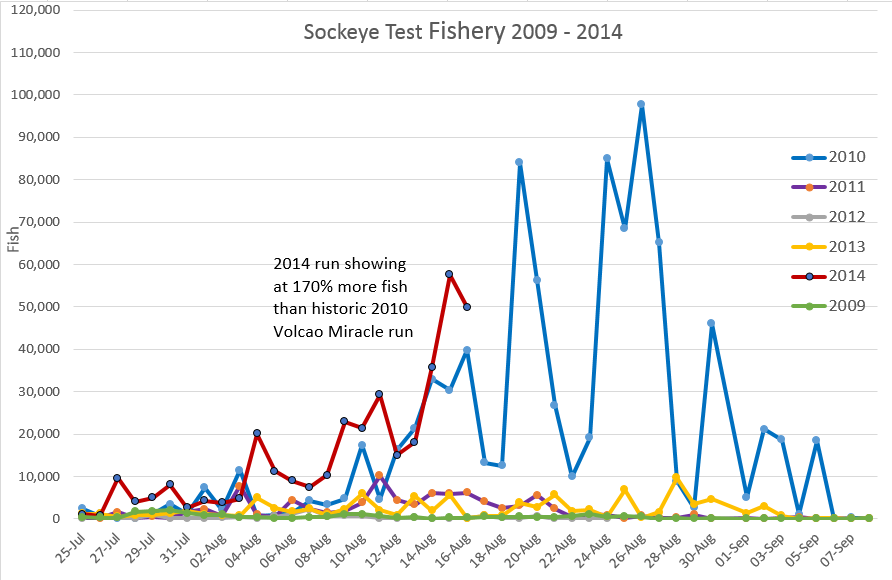
Aug. 16th -International Pacific Salmon Commission Sockeye Salmon Test Fishery Data Late July – Mid August Is Tracking For 60 Million Fraser Sockeye – Note only the 2010 volcano miracle salmon and this years ocean pasture restoration salmon show large numbers. Come back well be updating this chart.
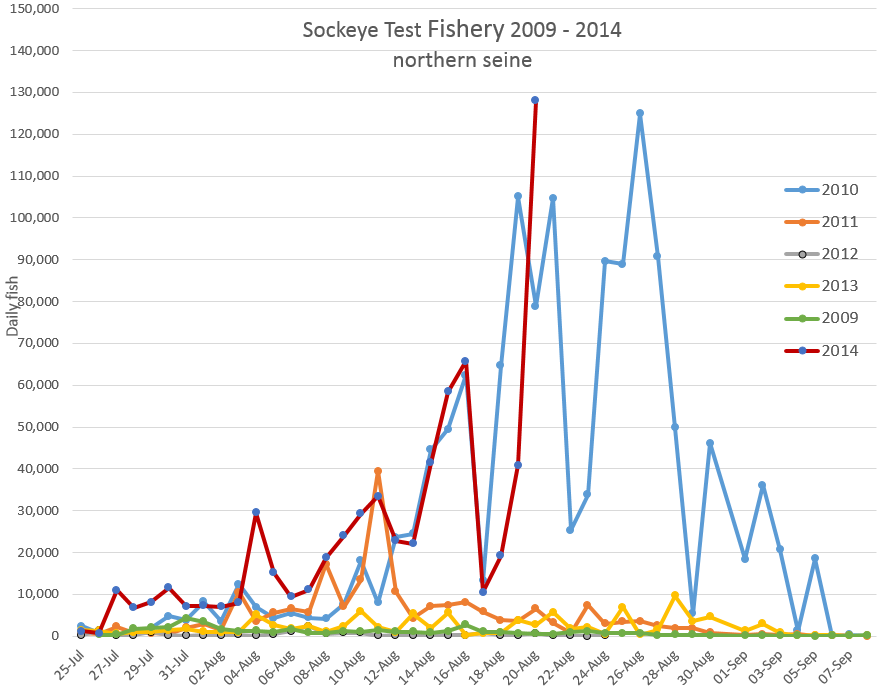
Fraser Sockeye Test Fishery Aug 20 — Aug 18 &19 seine days for area 12 missed the fish.. sometimes fishermen are off their game… surely at least 75,000 fish were likely missed in the count… the 20 Aug catch broke all records for the Sockeye test fishery. Total run is still tracking for 60+ million fish.
This year is the year when the offspring of the 2010 Fraser River run are swimming home.
But even more important these are the fish expected to benefit from the 2012 ocean pasture restoration project that revived their ocean salmon nursery pasture in the summer of 2012.
Those baby sockeye salmon that year swam into an ocean of health and abundance and instead of mostly starving were treated to a feast. And now the proof of the vital role of healthy ocean pastures for Pacific salmon is now unequivocally proven.
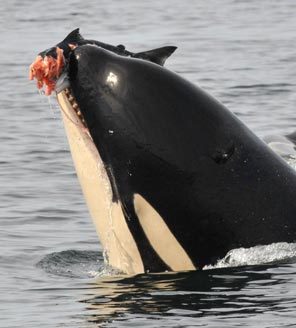
An ‘Urban Orca’ in the Salish Sea near the US Canadian border enjoying a super abundance of salmon. Record sightings of Orcas (Killer Whales) are being reported all over the Pacific Northwest.
Confirmation of the record run of salmon comes from another sources as well. Record numbers of Orca’s are being reported, “We’ve been watching whales since 1987 and this is by far the best year of resident whale sightings in over 20 years,” reports Capt. Drew Schmidt of San Juan Cruises out of Bellingham. “It must be a great year for fishing with the amount of foraging we’ve seen the Southern Residents doing this year.”
“The Southern Residents (Orcas) could be the most resilient marine mammal population in the world,” says Michael Harris, Executive Director of the Pacific Whale Watch Association.
“We call them the ‘Urban Orcas,’ the only resident orcas in the lower 48 United States, the only population that has to make a living among millions of humans and the changes we’ve wrought on this habitat.”
“Bringing them back from the brink of extinction is no small task. But seeing them thrive out there this summer, even with their numbers precariously low, and knowing that this correlates with a sea full of fish, the most salmon we’ve had in years, it gives us a lot of hope.”
In preparation for what could be the biggest sockeye salmon run in years, the Bellingham Herald reports regional processing facilities are planning to hire hundreds of people for a busy couple of months. Bellingham Cold Storage (BCS) has already hired workers for jobs like operating forklifts and scanners, and is currently looking for about 75 people for fish-processing positions.
BCS President Doug Thomas said, “other local fish processing facilities also are hiring workers for this stretch, including Trident Seafoods, Bornstein Seafoods, Q Sea Specialty Services and Home Port Seafoods.”
This years miracle of salmon abundance isn’t an accident of nature, it is an intentional act of nurture.
In the summer of 2012 after years of careful study and preparation Ocean Pastures Corporation set out to restore, revive, and nurture the most vital ocean salmon pasture in the Pacific. We knew that this pasture in the NE Pacific near the border between Canada and Alaska was the nursery pasture for the majority of Pacific salmon that swim out to sea each year from the Columbia River to the South all the way to the myriad salmon rivers of S.E. Alaska in the North.
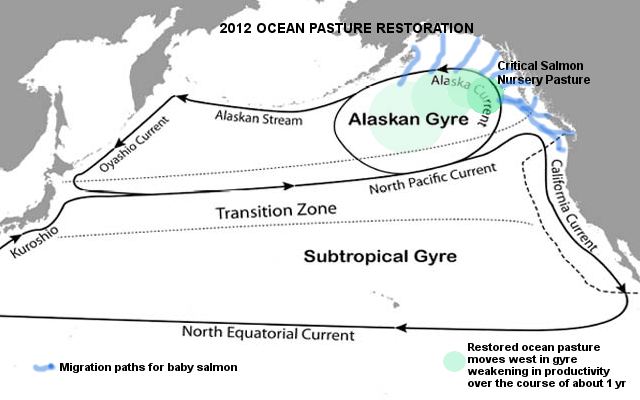
North Pacific ocean currents create the vital northern salmon ocean pasture environment in the Gulf of Alaska. Young salmon must make it to their northern pastures if they are to survive. Tragically that ocean salmon pasture has been steadily losing its plankton blooms. That is until we began our ocean pasture restoration program here in 2012.
Because salmon need cold water and that is defined by the prevailing currents in the North Pacific that come from the west split into two parts as they arrive on the coast of the North American coast. Part of the current system spins south and part north. The salmon must make it into the northern stream or risk being swept into warm predator filled waters to the south.
Last year, 2013, the first of the salmon our ocean pasture restoration was targeted to nurture and sustain were the Pink Salmon. Pinks have the shortest life-cycle living just 2 yrs. The largest populations of Pink salmon are found in SE Alaska and British Columbia.
Baby Pink salmon that swam out to the big ocean in the spring/summer of 2012 swam right into our restored ocean salmon nursery pasture. Instead of mostly starving as has been the usual case, this cohort of Pinks were treated to a feast. The forecast number of Pinks for the Pacific Coast last year was for 149 million to return to streams and rivers. That forecast was blown out of the water with a return of more than 650 million Pinks, the largest in all history.
In Alaska the catch of Pink Salmon, the mainstay of the Alaskan fishing industry was forecast to be some 50 million fish, more than 226 million were caught, the largest catch in all of history. Read about how the fish came back.
While the Pink salmon were expected to benefit from our restored ocean pasture another key salmon population was also targeted. These were the Fraser river Sockeye salmon that would be the offspring of the 2010 miracle run which arrived that year not in the expected 2 million fish forecast number but 15-20 times more, 30-40 million depending on your expert source.
That 2010 miracle of fish was indeed a miracle of Nature which came in the form of the eruption of the volcano Kasatochi in Alaska’s Aleutian islands in mid August of 2008. The ash fall from that volcano interfered with air travel for several days over the North Pacific as it dusted the ocean salmon pastures with ash. Within weeks the ocean bloomed just as the Fraser Salmon were arriving in the region. It was a bit late to help the Pinks.
Today the famed Fraser River Sockeye are just days away from sweeping into the river in a Tsunami of fish.
This is a result not merely of a happy accident of nature but rather from our intentional partnering with nature to mimic the volcano of 2008 and do one better.
We successfully replenished vital mineral dust that the oceans pastures so desperately need in precisely the right prescribed form, in the right place, at the right time. By nurturing the ocean salmon nursery pastures we have brought back the fish.
Call To Action
With the success in using our holistic methods and technologies to restore and revive the NE Pacific salmon pasture of 2012 similar work by Ocean Pastures Corp. will now proceed in other vital yet dying ocean pasture regions around the world. Almost immediately billions of additional fish can affordably and immediately be brought into nets and onto plates for people around the world.
Read more about Bringing Fish Back Everywhere!
Lend a hand by helping to spread this story to elected representatives and friends. Tell them there is something we can do to take care of the oceans and the planet.
